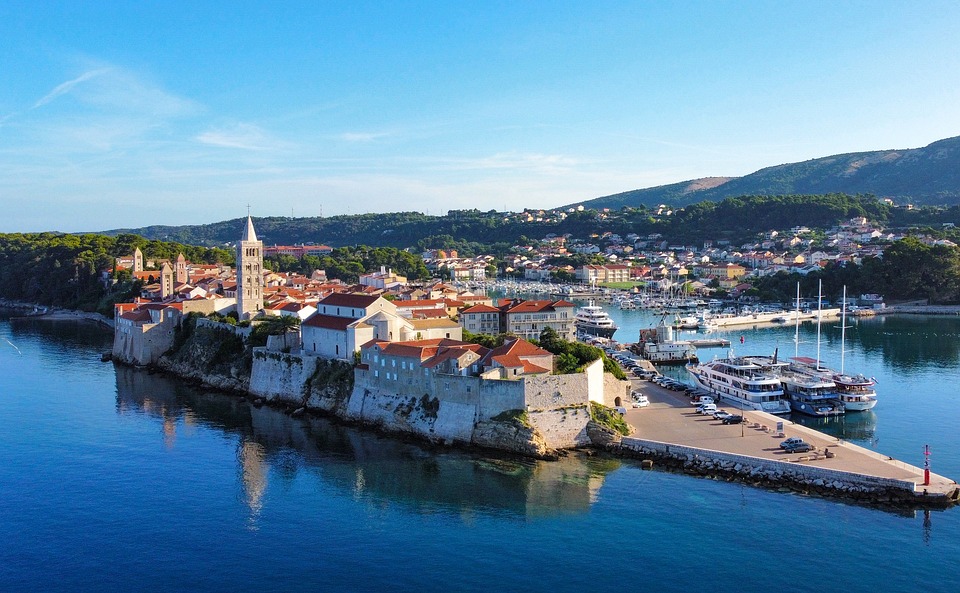In today’s rapidly evolving global landscape, navigating the complexities of the economy can be a daunting task. From shifting market dynamics to the impact of technological advancements, businesses and individuals alike are faced with a myriad of challenges and opportunities. In this article, we will delve into the various facets of the economic landscape, exploring historical trends, current realities, and future predictions to provide a comprehensive overview of what lies ahead.
The Historical Context of Economic Dynamics
Understanding the economic landscape requires a look back at the historical context that has shaped our current reality. Throughout history, various economic systems have emerged and evolved, from feudalism to capitalism to socialism. Each system has brought with it its own set of challenges and opportunities, shaping the way societies organize and distribute resources.
In the modern era, the rise of globalization has created a more interconnected and interdependent global economy. With the advent of technologies like the internet and advancements in transportation, goods and services can now be traded on a global scale, leading to increased opportunities for growth and innovation. However, this interconnectedness has also exposed vulnerabilities, as the ripple effects of economic disruptions in one part of the world can quickly spread to others.
The Current State of the Economy
As we look at the current state of the economy, we see a complex landscape marked by both challenges and opportunities. In recent years, we have seen unprecedented economic growth in some parts of the world, fueled by technological advancements and a growing consumer base. However, this growth has also been accompanied by rising income inequality, environmental degradation, and geopolitical tensions.
One of the key challenges facing the global economy today is the ongoing impact of the COVID-19 pandemic. The pandemic has upended economies around the world, leading to widespread job losses, supply chain disruptions, and financial instability. As countries grapple with the economic fallout of the pandemic, they are also faced with the need to transition to a more sustainable and resilient economic model.
The Future of the Economy: Predictions and Trends
Looking ahead, the economic future is filled with both challenges and opportunities. As we continue to grapple with the ongoing impact of the pandemic, we are also seeing the emergence of new technologies and business models that have the potential to reshape the economic landscape. From artificial intelligence to blockchain to renewable energy, these innovations have the power to drive economic growth and create new opportunities for businesses and individuals.
One key trend to watch in the coming years is the shift towards a more sustainable and inclusive economy. As the impacts of climate change become increasingly severe, there is a growing recognition of the need to transition to a low-carbon economy. This shift presents numerous opportunities for businesses to innovate and invest in clean technologies, while also creating new jobs and driving economic growth.
Conclusion
In conclusion, the economic landscape is a complex and dynamic environment that presents both challenges and opportunities. By understanding the historical context, current state, and future predictions of the economy, we can better navigate the uncertainties that lie ahead. As we look to the future, it is clear that embracing innovation, sustainability, and inclusivity will be key to building a more resilient and prosperous economy for all.
Thank you for joining us on this exploration of the challenges and opportunities that lie ahead in mapping out the economic future. We encourage you to continue your journey by exploring further resources on this topic to deepen your understanding and stay informed about the latest trends and developments.









